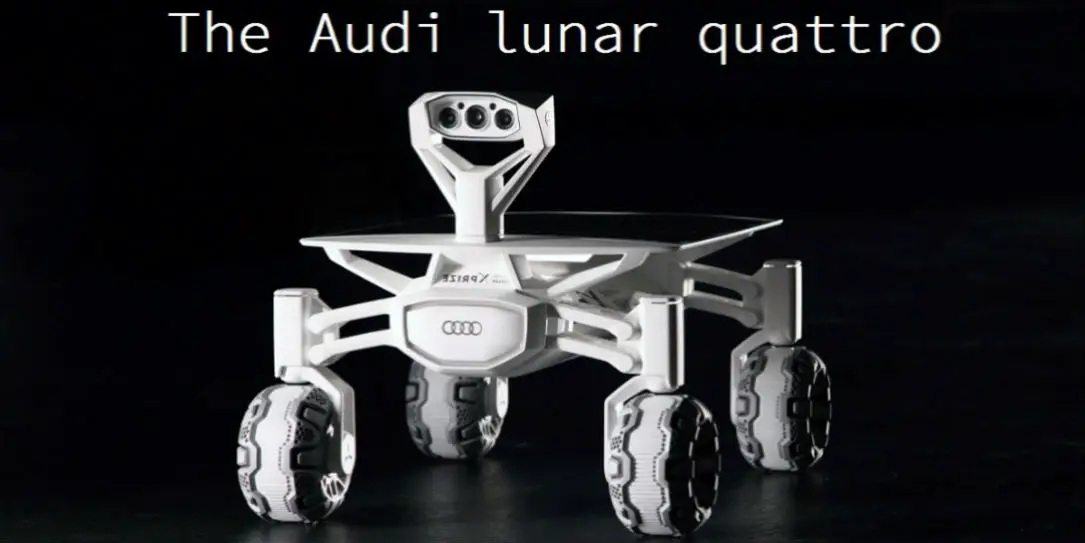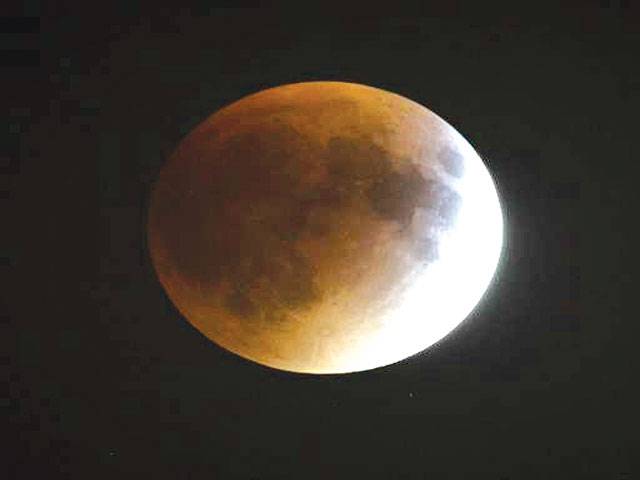
National Geographic / YouTubeFederico Fanti and his research team discovered the giant Cretaceous crocodile skeleton in Tunisia.
Paleontologists
searching far and wide in Tunisia made a discovery of massive
proportions: the world’s largest sea-dwelling crocodile, previously
unknown to science.
This prehistoric crocodile is believed to have measured more than 9 metres long and weighed three tonnes. The skull alone is roughly 1.5 metres long. Researchers named the new species the Machimosaurus rex and described their findings this week in the journal Cretaceous Research.
“Massive” is how lead author Federico Fanti of the University of Bologna described the crocodile. “It’s just big. It’s almost the size of a bus.”
This prehistoric crocodile is believed to have measured more than 9 metres long and weighed three tonnes. The skull alone is roughly 1.5 metres long. Researchers named the new species the Machimosaurus rex and described their findings this week in the journal Cretaceous Research.
“Massive” is how lead author Federico Fanti of the University of Bologna described the crocodile. “It’s just big. It’s almost the size of a bus.”









